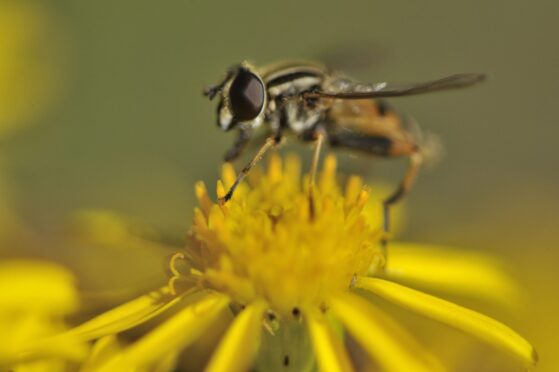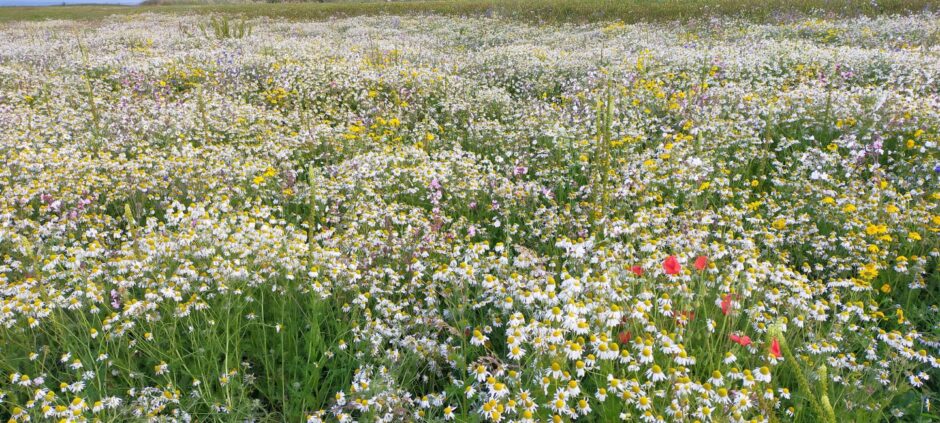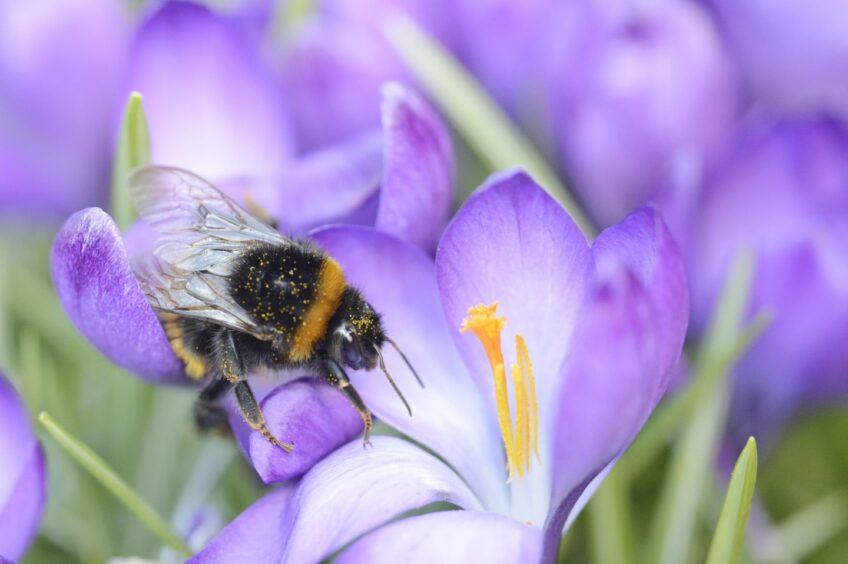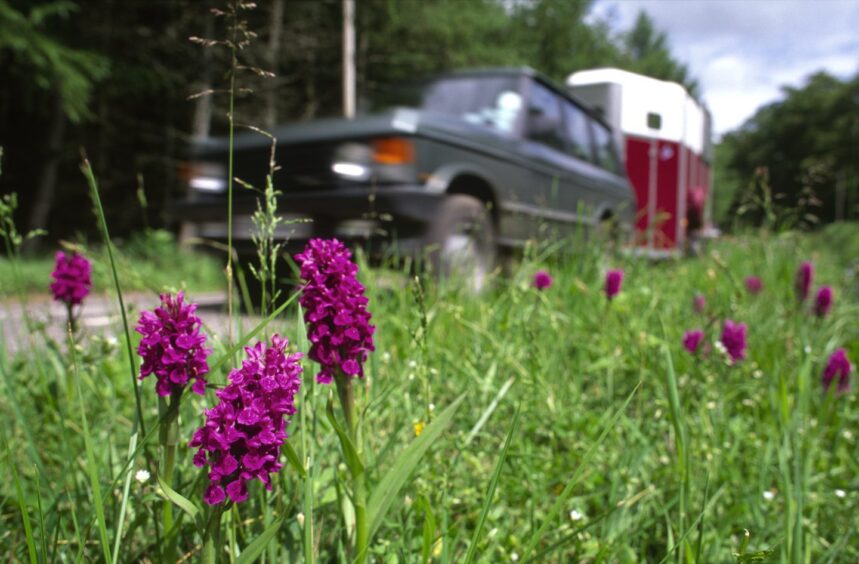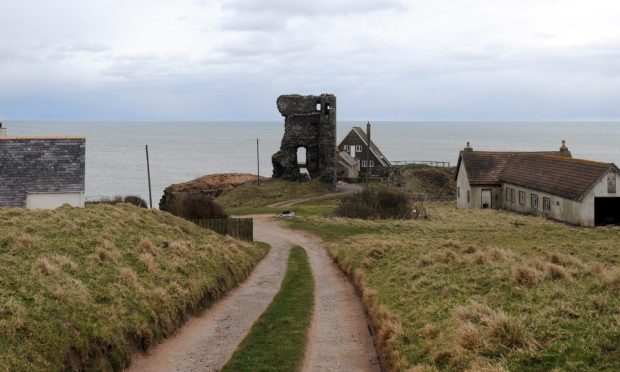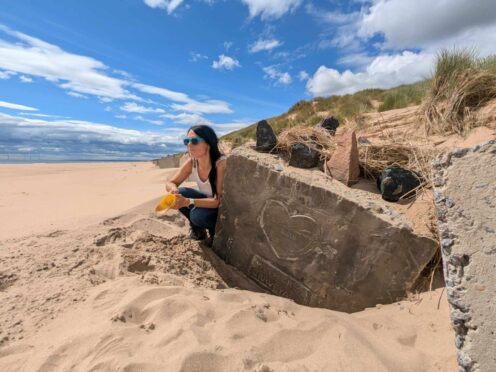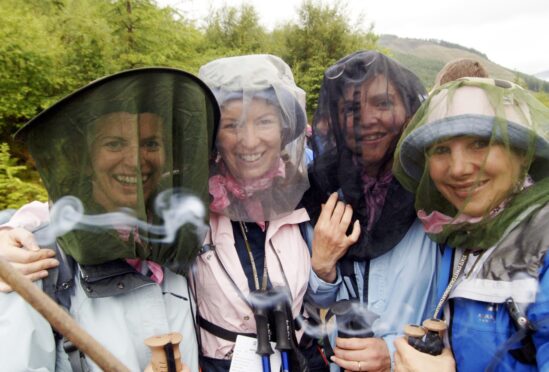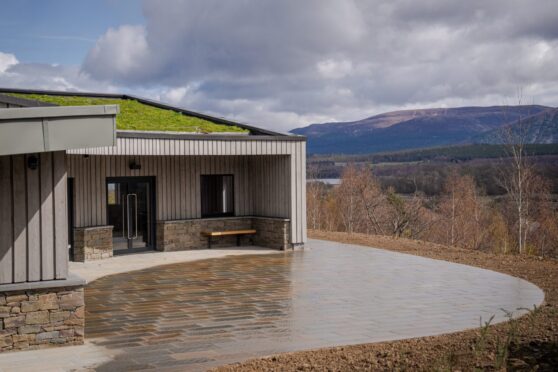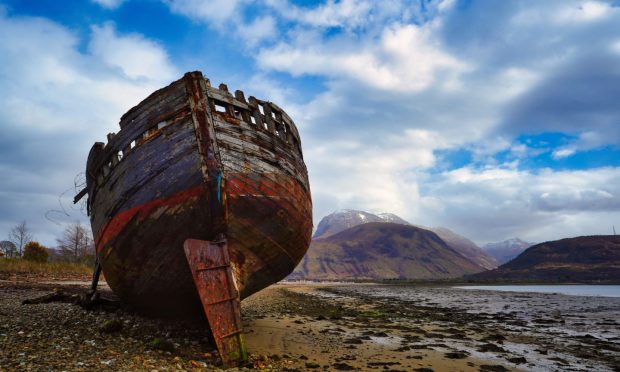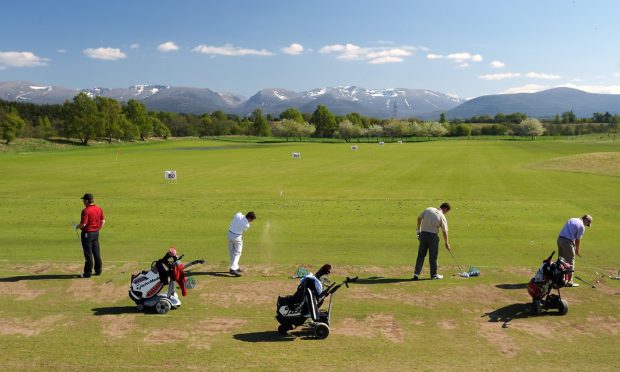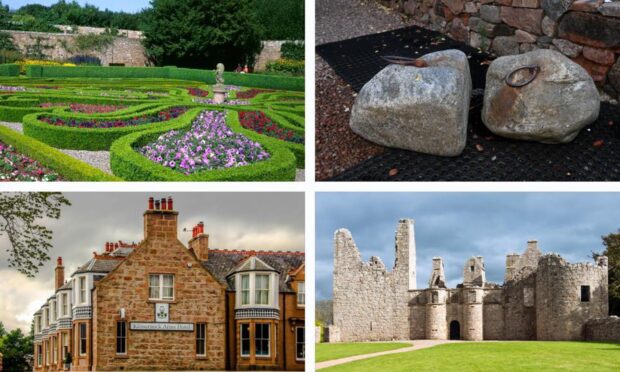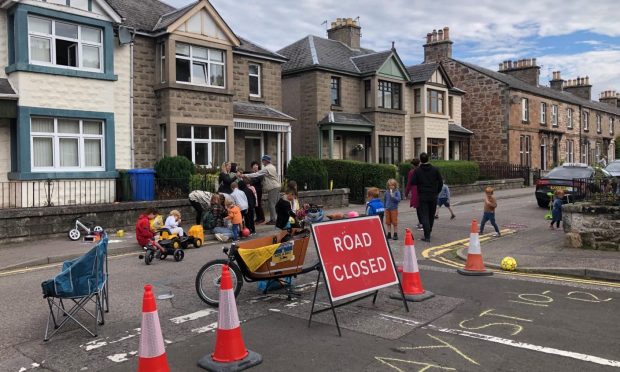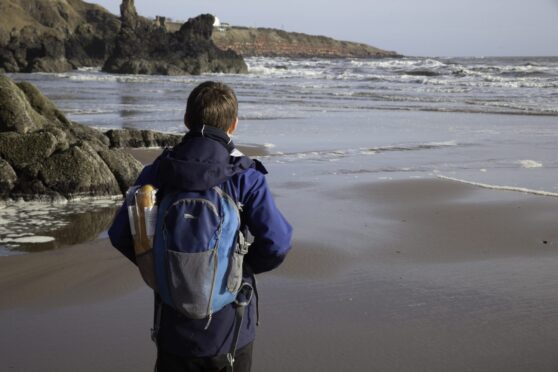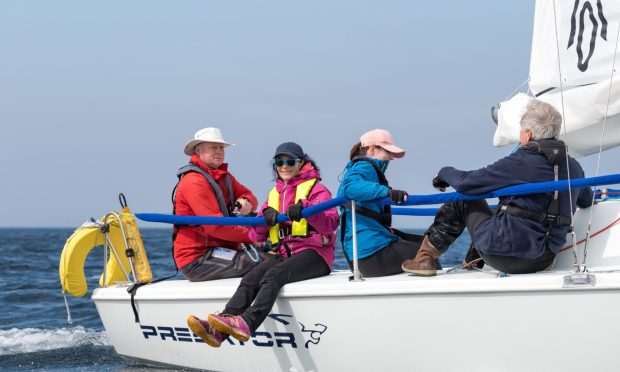Our wild pollinators need our help. They are in trouble and facing pressures such as habitat loss, diseases, pesticides and climate change. One startling fact that highlights the extent of the problem is that since 1945 we’ve lost 97% of our wildflower meadows.
-
Some Press and Journal online content is funded by outside parties. The revenue from this helps to sustain our independent news gathering. You will always know if you are reading paid-for material as it will be clearly labelled as “Partnership” on the site and on social media channels.
This can take two different forms.
“Presented by”
This means the content has been paid for and produced by the named advertiser.
“In partnership with”
This means the content has been paid for and approved by the named advertiser but written and edited by our own commercial content team.
Wild pollinators, such as bees, moths and hoverflies, play a crucial role in maintaining biodiversity by facilitating the reproduction of flowering plants, which are the foundation of our ecosystems. Lose them and we could face catastrophic consequences.
The crops that we rely on for food would be compromised, leading to higher prices for consumers. Other animals could starve and industries such as agriculture, horticulture, and ecotourism would be affected.
So, it’s vital that we address the issue.
What is being done to boost wild pollinators?
NatureScot’s Pollinator Strategy for Scotland 2017-2027 sets out how we can make Scotland a place where pollinators can thrive by
- Making Scotland more pollinator-friendly
- Halting and reversing the decline in native pollinator populations
- Raising awareness and encouraging action across sectors
- Monitoring and evaluating whether pollinators are thriving
The good news is the public seems to be behind the initiatives.
Jim Jeffrey, who is NatureScot’s Pollinator Strategy Manager, said: “I think the public perception is really positive. They understand the benefits we get from pollinators. Obviously, the honey bee, which ironically isn’t endangered, is a good poster child for the pollinator community. Our job is to inform people about the suite of pollinators out there that we’re concerned about, such as bumble bees, hoverflies and moths. They are really valuable but they are facing a lot of challenges.”
Future measures to ensure success
To succeed we need to instigate a range of measures. These include:
- Improving the diversity of natural habitats and creating flower-rich environments in the countryside and urban areas
- Connecting habitats to create networks for pollinators and using brownfield sites as havens for different species
- Incorporating green infrastructure, such as rain gardens and eco roofs, into developments
Jim points to the success of initiatives such as the Irvine to Girvan Nectar Network.
He said: “The Scottish Wildlife Trust runs it, working in partnership with North and South Ayrshire Councils. They’re creating a string of habitats for pollinators. So, it’s a suite of sites right through that area, which link from meadow to meadow.”
Partnership working will be crucial to the success of the Pollinator Strategy. Councils have a huge part to play due to their large landholdings and the seriousness with which they take their biodiversity duty.
Community groups will also be vital, not just through replanting programmes but also in raising awareness and encouraging other efforts. A good example is Keep Scotland Beautiful’s work with NatureScot and their Pollinator Friendly Award, which encourages community action.
Increasing our pollinators helps all of nature
Potentially the strategy will bring huge benefits, not just to pollinators but to the wider ecosystem.
Jim added: “What we do to help pollinators aids a lot of other species as well. Take something simple like planting a hedgerow to feed pollinators in spring. It will also provide nesting sites for birds during spring and early summer and when it comes into fruit in autumn it will provide food for birds and small mammals.”
In the coming years, it will be vital to increase connectivity through support for green corridors and nature networks. Pollinator-friendly practices will have to be incorporated into the way public land is managed, with measures such as more relaxed mowing, wildflower meadow creation and an emphasis on planting flowering trees and shrubs.
But it is highly achievable and with teamwork the results will be there for all to see.
Jim concluded: “We can help our pollinators. Together we can make a real difference.”
Find out more about the Pollinator Strategy for Scotland and efforts to help wildlife across Scotland go to the NatureScot website.
